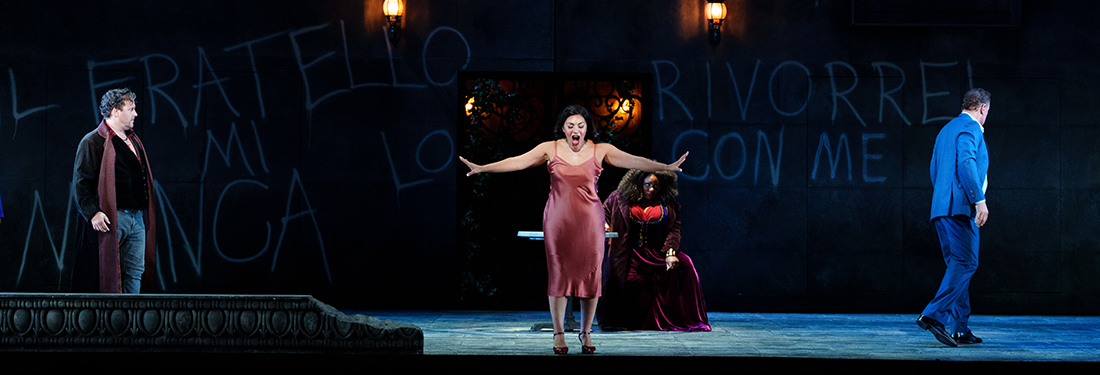

You’ll see both these sides—the intellectually cranked-up and the whimsical—in Keckler’s opening monologue-with-song, which is called Act I and takes up nearly half the piece. Part of his persona suggests an earnest but pedantic graduate student, lecturing us on a number of insights he has into this topic. (Some are genuinely smart, others more questionable.)
But Keckler, who clearly adores this art form, knows that it’s also silly, and he winks with droll charm at any number of opera’s excesses, including—or maybe especially—the obsessiveness of its fans. (In another split-personality embodiment, Keckler is both a sonorous baritone and a hauntingly other-worldly countertenor, at one point briefly duetting with himself).
Personally, I much prefer the droll charm. Fortunately, that’s where a fair amount of the show lives.
At around the midpoint, Keckler leaves the stage (well, he doesn’t quite—but I’ll let you see it for yourselves), ceding the show to a trio of singers—soprano Veronica Chapman-Smith, mezzo Natalie Levin, and countertenor Augustine Mercante—dressed very grandly in flowing, bejeweled caftans.
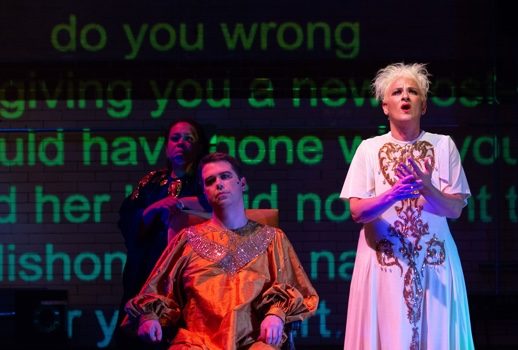
By any standard, the range of music here is enormous, from familiar tear-jerkers (Mimi in La Bohème) to exceptional oddities (some phrases from Eric Satie’s Socrate). All three singers sometimes do material that suits their voice types, and at other times venture into gender-bending character assumptions and ranges. In this context, it’s difficult to judge their work by conventional standards, but they score emotional, comedic, and vocal points (Chapman-Smith especially in the latter.)
There is also a quite moving final mimed sequence, performed by dancer/actor Saori Tsukada, that most successfully finds a unifying tone in the mix of comedy and seriousness that Keckler seems to call for. Two onstage instrumentalists—pianist William Kim and violinist Lavinia Pavlish—provide exceptional support throughout.
I won’t deny that my patience wore thin as Let Me Die went along, but some of that could easily be fixed. First, with cutting—the piece would be twice as effective at half the length, and make all its points with more freshness. The other issue is the venue—I longed to be watching this rather rambling work in a large, immersive space where I could feel a part of the action, instead of being stuck in a conventional theater seat in the notably uncomfortable FringeArts Theatre. I think those two changes would be transformative.
Till then, I would still recommend Let Me Die, which has some marvelous moments—but a word of caution: liminal spaces can be rewarding, but they require patience.
Photos by Johanna Austin
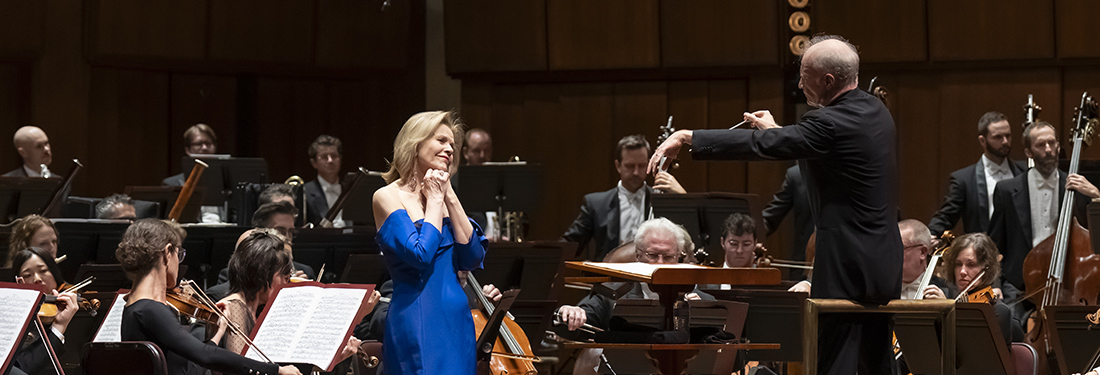
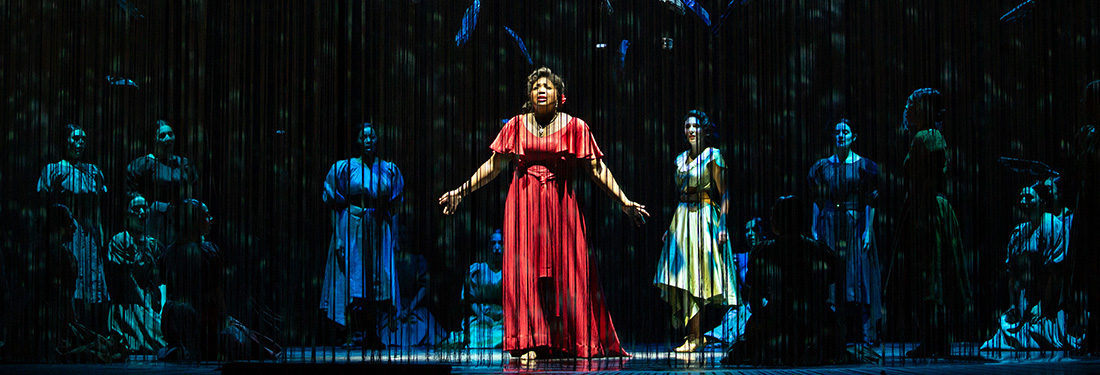
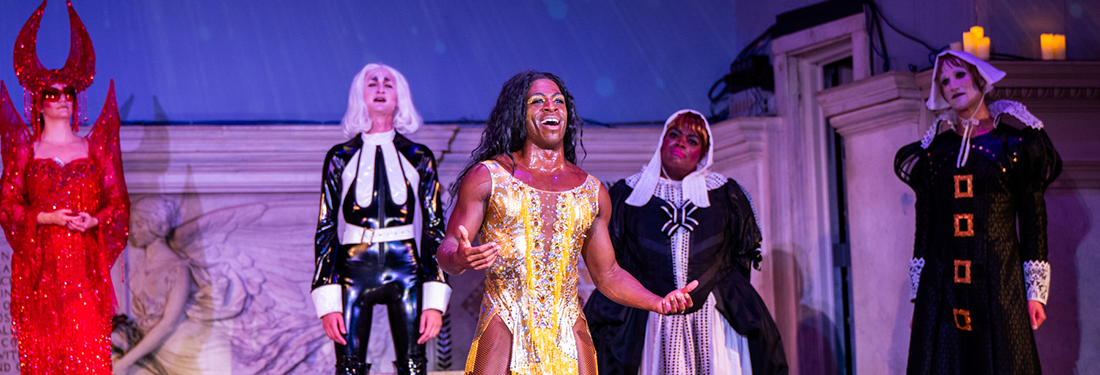
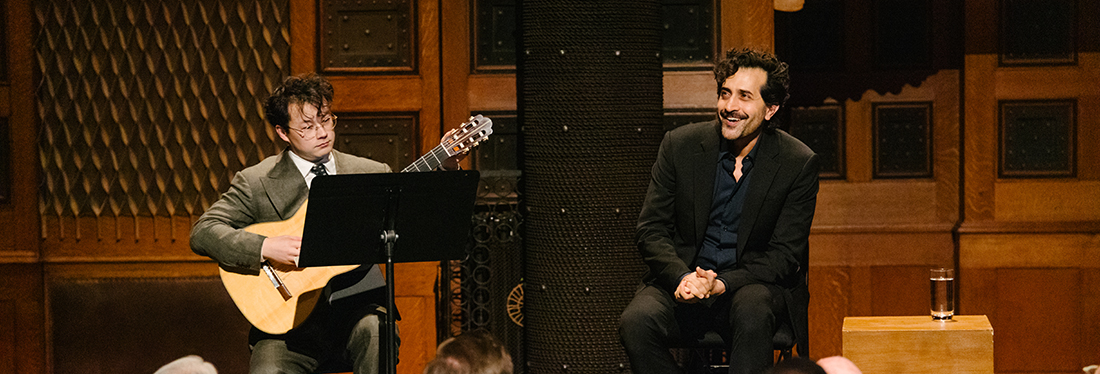
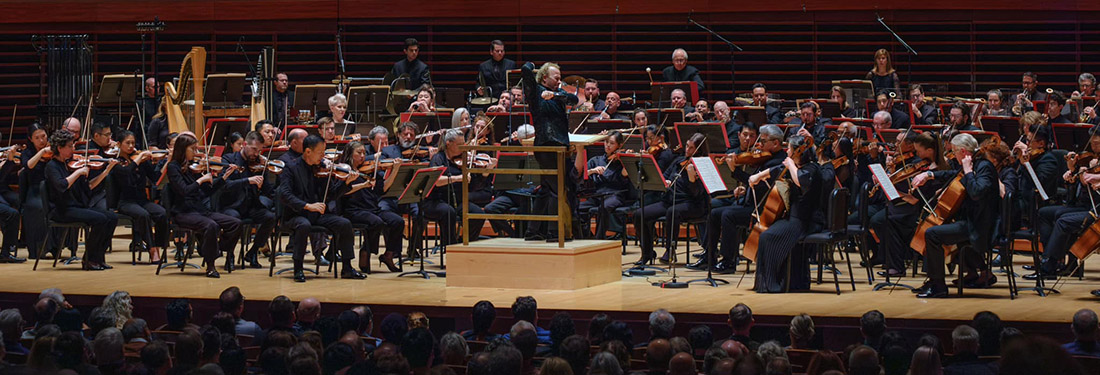
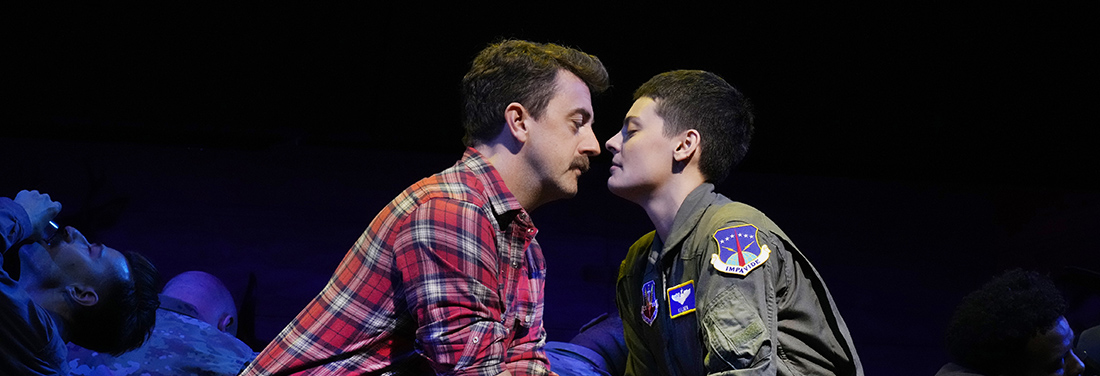
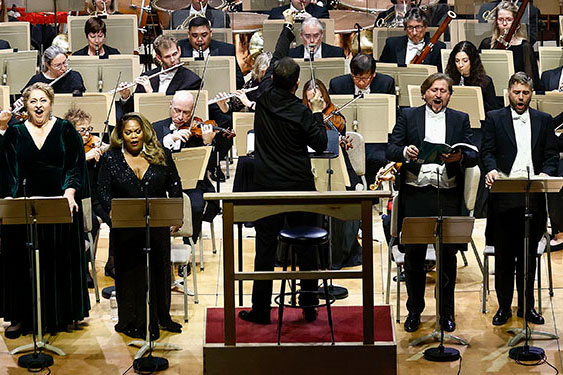
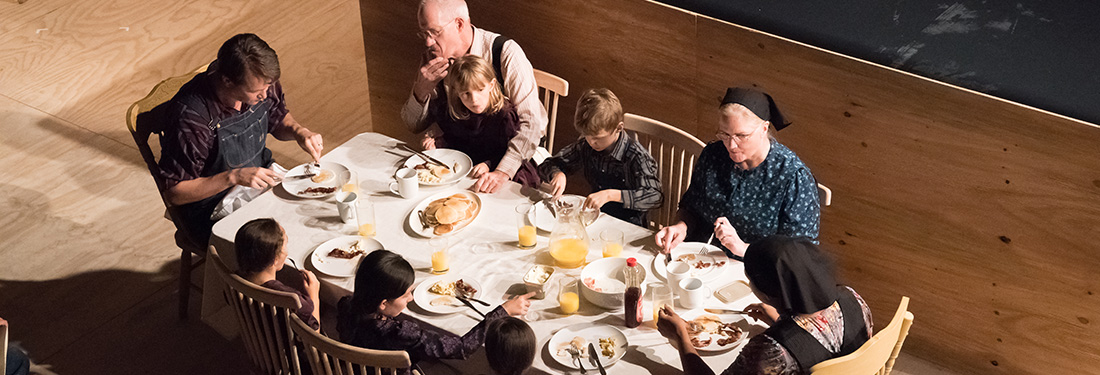
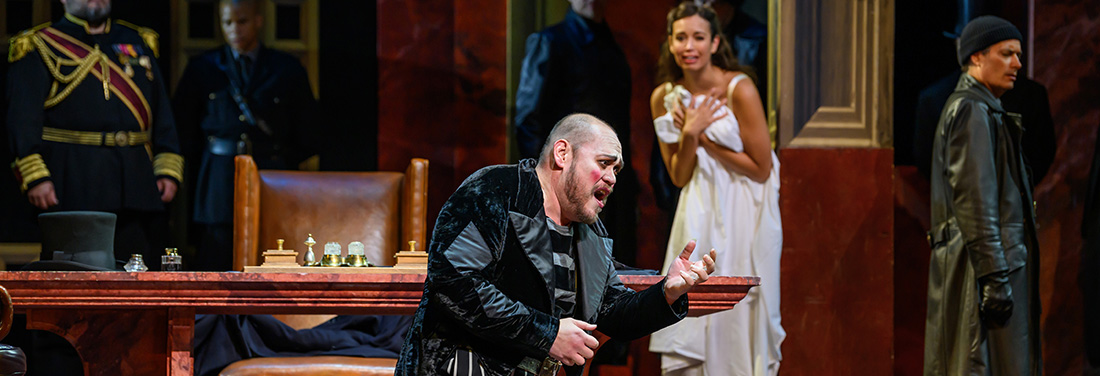
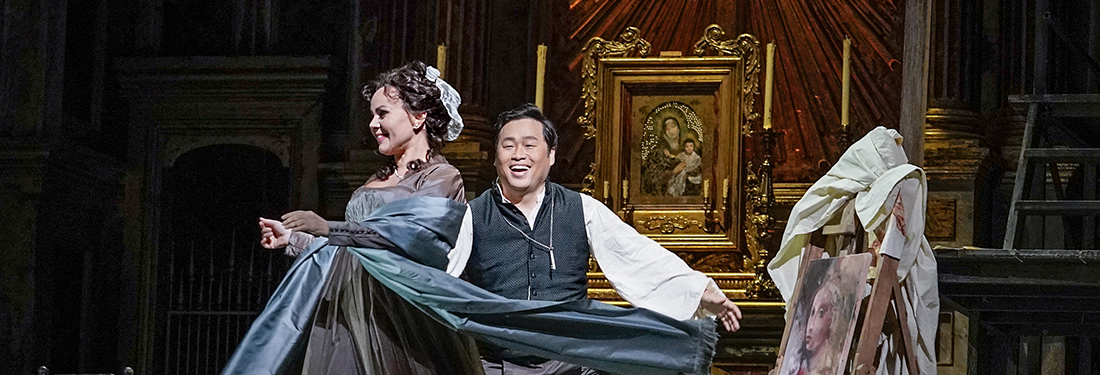
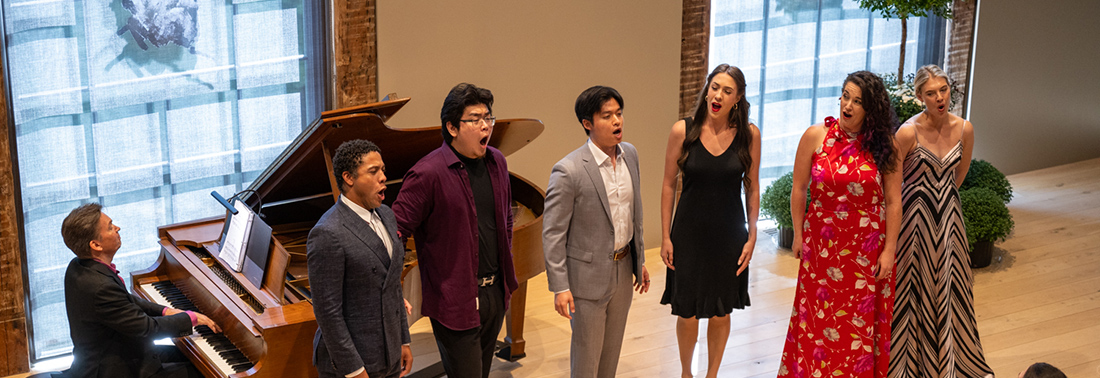
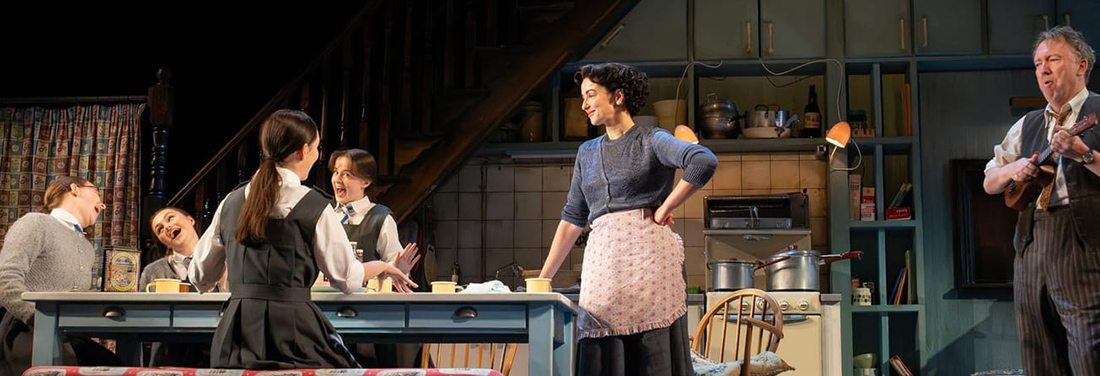
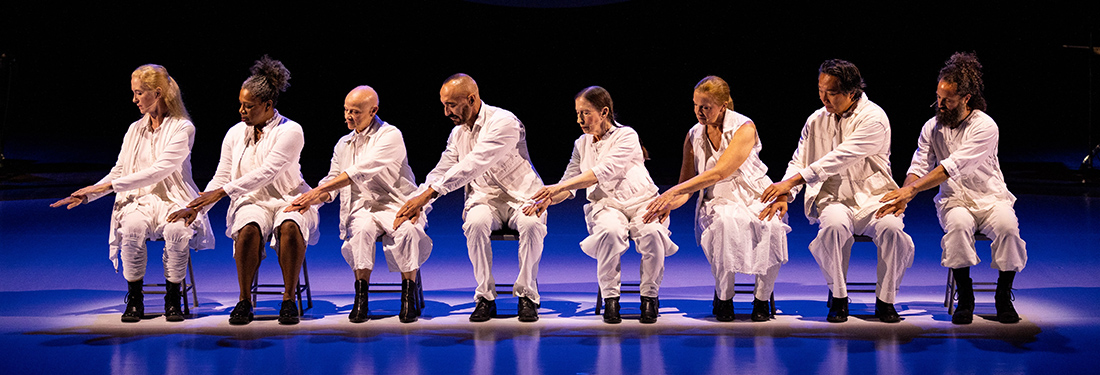


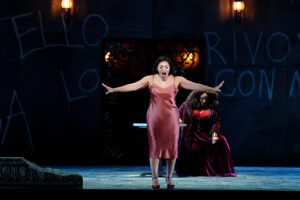

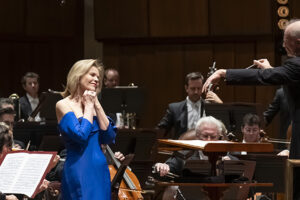

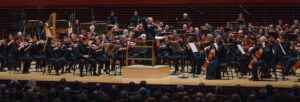




Comments